




APPLICATION OPTIONS:
For different types of nail plates, choose one of the following combinations of uses: BOND * + Polybase.
Depending on the type of nail plate, choose one of the additional binders.
* Acid-free Bond, Extra Bond Nail Repair, Acid Primer, Base Coat + Polybase.
An additional option is to use a transparent base to smooth out extremely deformed nails, or to ensure even better adhesion of the nail plate to the Polybase.
Use of Polybase with gel, acrylic, and polygel systems as a color coating.
METHOD OF USE:
Prepare the nail plate as usual: do a manicure and give the nail shape.
Remove excess grease and moisture using the Didier Lab Dehydrator on the nail plate. Varnish all nails with the selected additional bonding agent: Acid-free Bond, Extra Bond Nail Repair, Acid Primer, or transparent base.
Apply dark Polybase colors with 1 thin layer and dry in a lamp LED lamp 60s / UV 2min (at a lamp wavelength of 395-405nm)
Apply Polybase second layer and dry in a lamp in an LED lamp 60s / UV 2min (at a lamp wavelength of 395-405nm)
Apply Top-coat with the selected top coat of gel polish. Dry in LED lamp 60s / UV for 2min.
* Light colors can be varnished with 1 rich forming layer due to permeability. Varnish dark colors in 2 coats.
IMPORTANT! Did you know that the drying of highly pigmented varnishes in a lamp is affected by nanometers (beam length)? Make sure your lamp is powerful enough. The most suitable wavelength for the new generation of highly pigmented varnishes is 395-405nm. If your lamp has a shorter wavelength to ensure proper polymerization of the material, double the drying time.
Choose a lamp with a white or mirror bottom. These reflections improve the quality of the polymerization. If you do not have such a lamp, just place a white sheet, a mirror or a piece of aluminum foil under the bottom of the lamp.
- Disinfect the nails.
- Prepare the nail plate as usual: shape the nail with the 180/240 grit file.
- Remove cuticles: apply the cuticle remover and leave it on for a while. Wipe off the cuticle remover with warm water or dehydrator. Push down the cuticles with wooden sticks and trim them precisely.
- Roughen the nail plate with buffer.
- Remove excess moisture from the nail plate with the Didier Lab Dehydrator.
- If additional nail plate preparation is needed, apply bonding agent: Acid Free Primer, Regenerating Extra Bond, Acid Primer or Clear Base. (NOTE: This step is not necessary!)
- Apply Base Coat and let it dry under LED lamp for 30sec or UV lamp for 1 min.
- Roughen the sealing layer with a nail file.
- Soak the nail wraps with acetone and wrap tightly around the nails. Leave on for about 10 minutes.
- Use a wooden stick to gently push the nail polish down.
- Remove the rest of the product with a file.
- The UV nail polish can also be removed with a cutter, but you have to be gentle and careful to a void thinning of the fingernails.
Di-Hema Trimethylhexyl Dicarbamate, HEMA, Isobornyl; methacrylate. Cellulose Acetate Butyrate, PEG-9 dimethacrylate, Hydroxycyclohexyl Phenyl Ketone, Trimethylbenzoyl diphenylphosphine oxide, Silica, Glycol HEMA-methacrylate, Bis ( methacryloyloxyethyl) phosphate, Hydroquinone, p-Hydroxyanisole, Titanium dioxide/CI77891, Violet2/CI60725
For professional use only. Eye, nose and skin irritant, may cause allergic reaction. Keep away from open flame. Keep out of reach of children. Keep out of sunlight. Keep tightly sealed. Read direction for use carefully

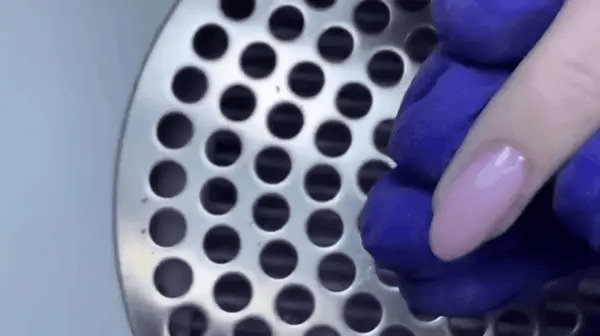
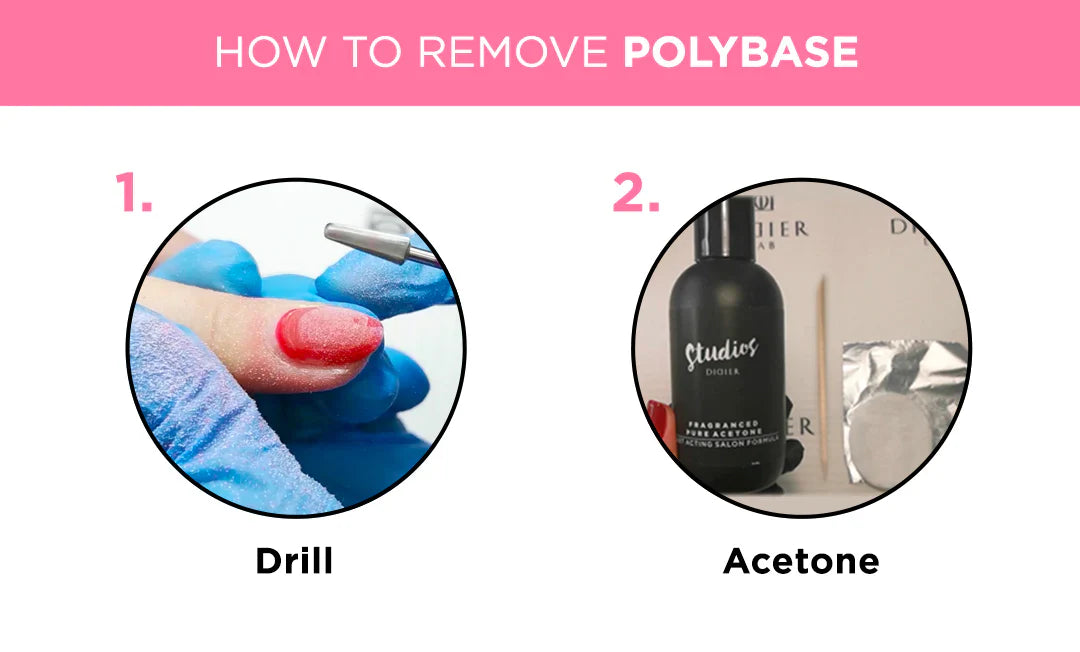
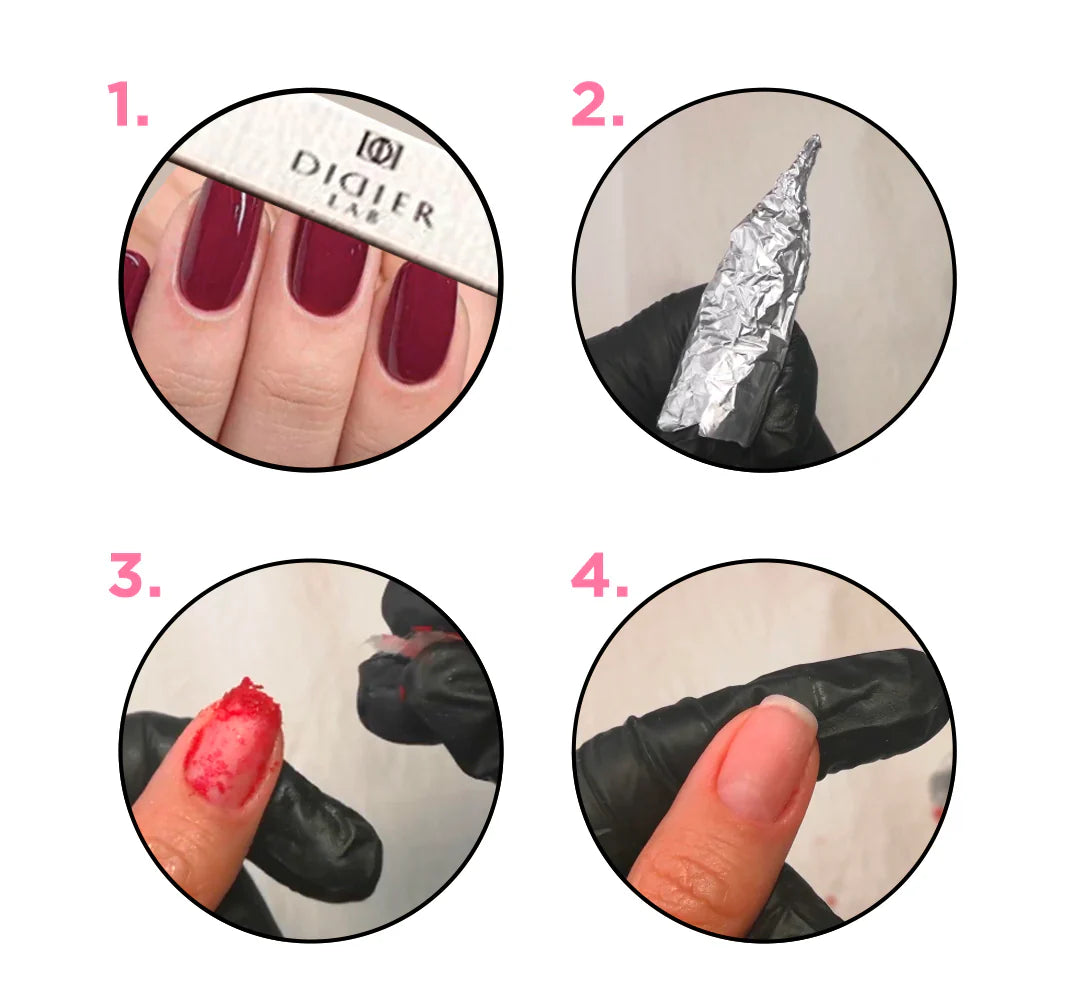
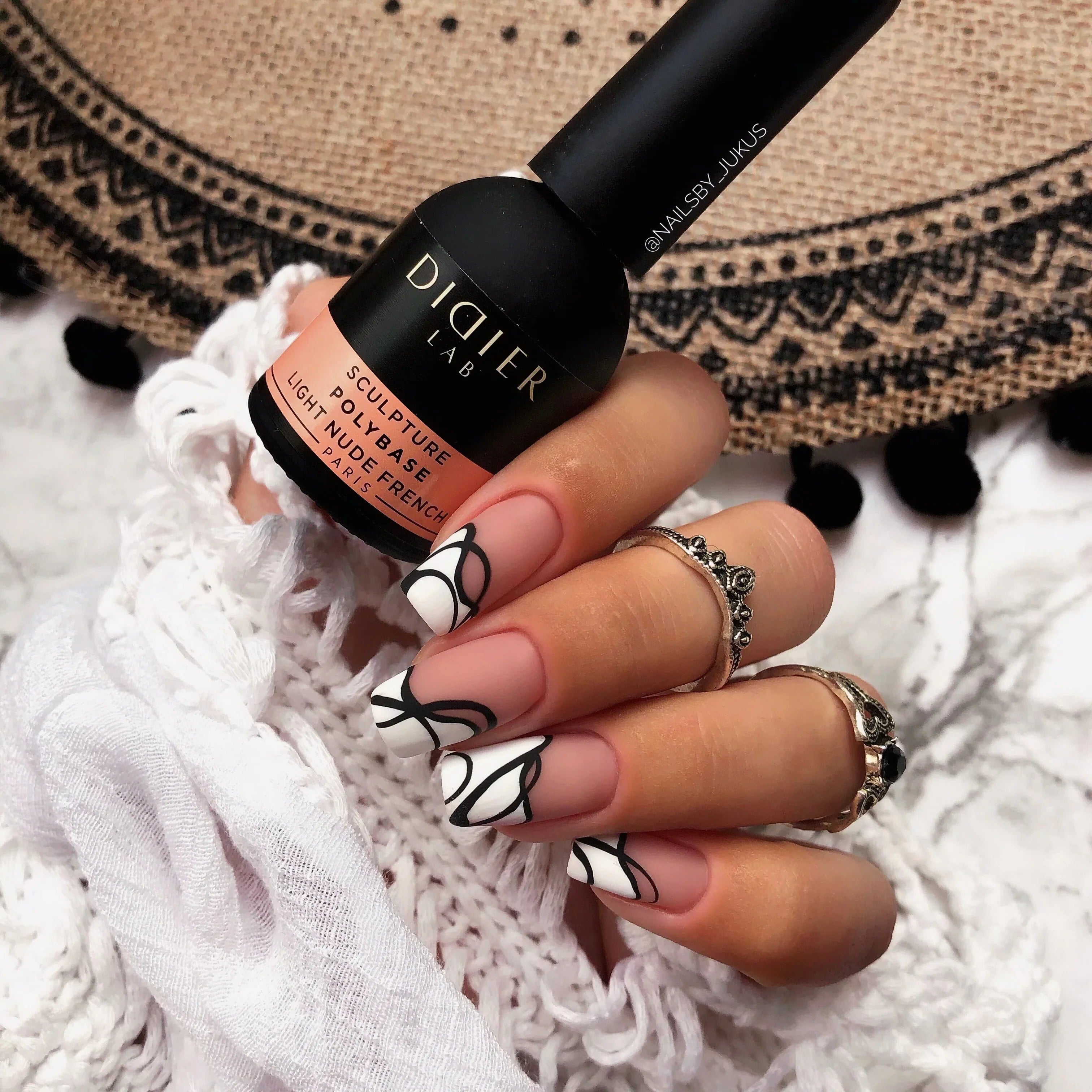
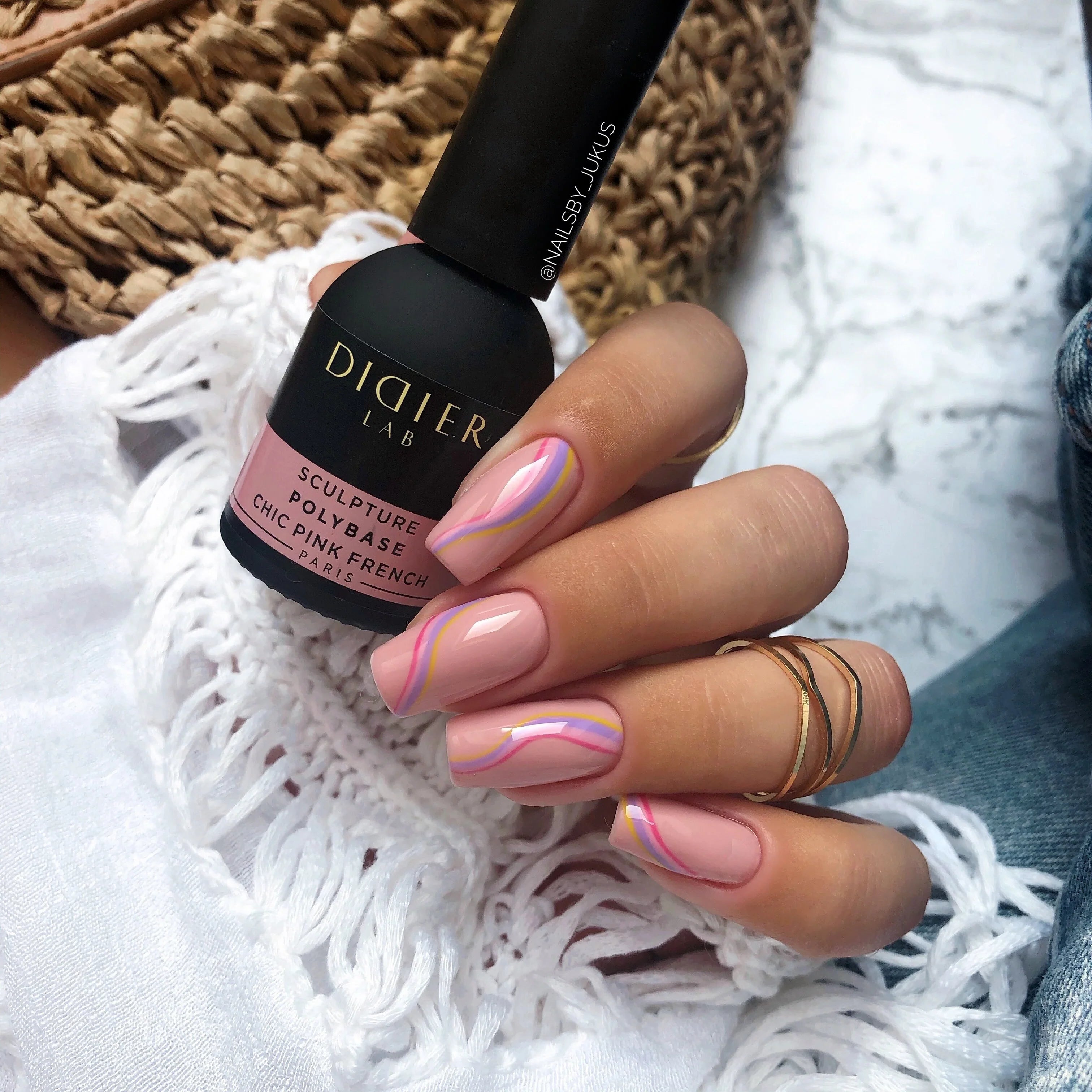
 Skip to content
Skip to content


